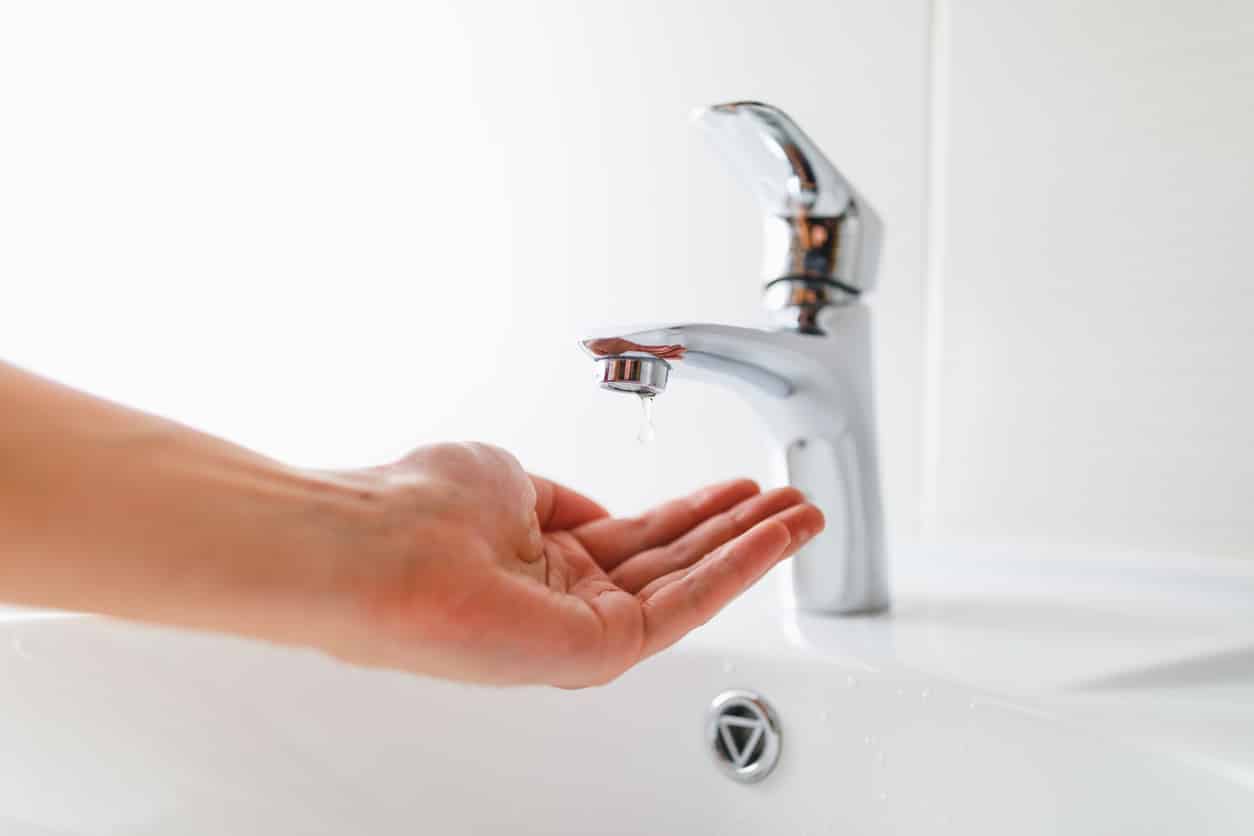Low water pressure, especially when you are relying on well water, can be a frustrating issue to deal with. You need good water pressure for everyday tasks like showering, watering your garden, or washing dishes. If you are experiencing low water pressure in your well water system, it’s time to troubleshoot and solve the issue.
1. Clogged Pipes
Over time, minerals and other deposits can build up in your pipes, causing low water pressure. This is a common problem in well water systems, especially if the lines are old or made of iron. If you suspect clogged pipes, a plumber can use a pressure gauge to test the water pressure and check for any blockages. One of the solutions for clogged pipes is hydrojetting, a process that uses high-pressure water to clear out debris and buildup from lines.
2. Pressure Tank Issues
Well water systems typically rely on a pressure tank to regulate water pressure. When the pressure tank is not functioning correctly, you may experience low water pressure. The first step in troubleshooting a pressure tank issue is to check the pressure switch. If it’s not working, you may need to replace it. If the issue is with the pressure tank bladder, this is a job for a professional. A well water technician can assess the problem and recommend the appropriate solution.
A constant pressure system is a great solution, as it keeps your tank at one pressure level, which means your home has a never-ending, steady water flow.
3. Well Pump Problems
The well pump is the most critical component of a well water system and is responsible for bringing water from the well to your home. If the pump has a problem, you’ll notice low water pressure. Often, the cause of pump problems is a faulty motor or a malfunctioning pressure switch. If you suspect pump issues, it’s best to call a professional to troubleshoot the problem and offer solutions.
4. Water Availability
When you are experiencing low water pressure, it may be due to an insufficient well water supply. The more water you use, the faster the pressure drops in the well. If you have a low-yield well, you may also notice low water pressure during times of high usage, such as during the summer months. To improve water pressure in this case, consider drilling a deeper or larger well.
5. Buildup in Fixtures
Low water pressure can also be caused by buildup in your fixtures, such as showerheads or faucets. This issue is relatively easy to solve by cleaning or replacing the fixtures. If you have a buildup of minerals in your fixtures, you can soak them in vinegar to remove the buildup.
Constant Pressure Well Pumps in Mount Airy, MD
Do you have the low-pressure blues? Easterday-Wilson offers constant pressure well pumps from Grundfos, Franklin Electric, and Goulds. Don’t settle for a dribble when you can have a gusher! Call our professional team to help you diagnose and solve your well water problems.


